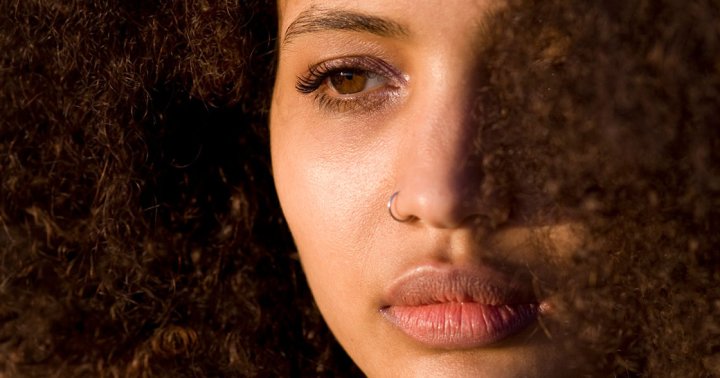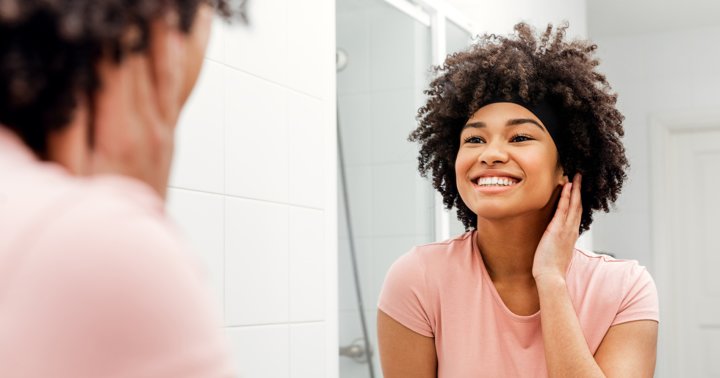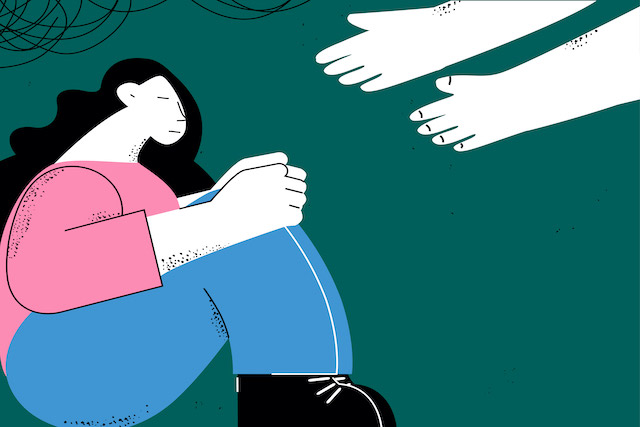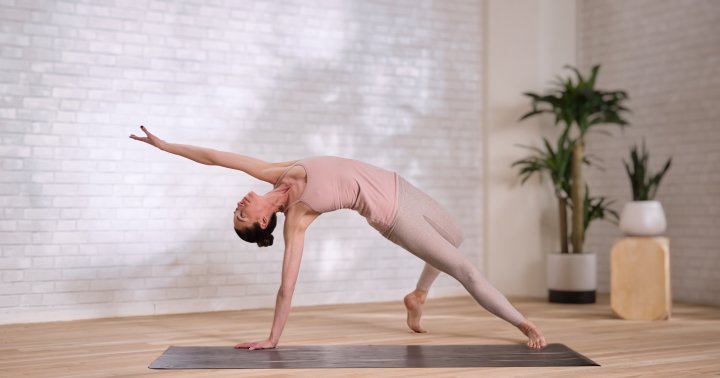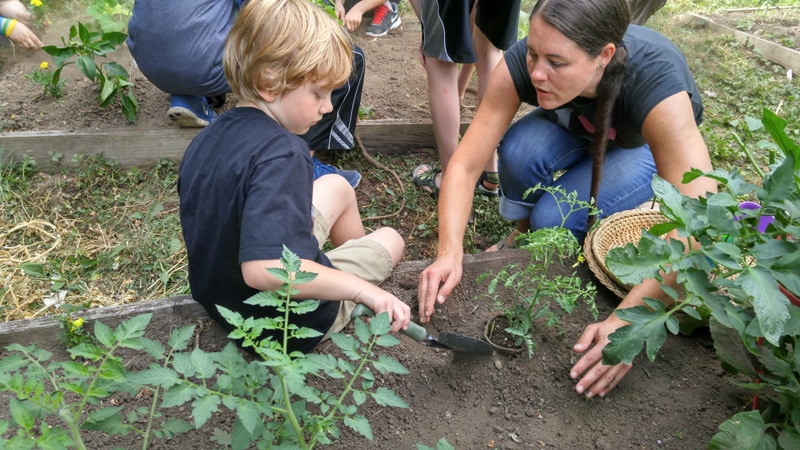The Benefits of Vipassana Meditation and How to Start Your Practice
“Meditation is not a way of making your mind quiet. It’s a way of entering into the quiet that’s already there.” ~Deepak Chopra Have you ever felt overwhelmed by the chaos of daily life, longing for a sense of...


“Meditation is not a way of making your mind quiet. It’s a way of entering into the quiet that’s already there.” ~Deepak Chopra
Have you ever felt overwhelmed by the chaos of daily life, longing for a sense of calm and clarity? That was me a year ago, trapped in a cycle of overwork and unhealthy habits. It wasn’t until I rediscovered meditation, particularly Vipassana, that I began to find true peace and transformation. Here’s my story and how Vipassana changed my life and how it could change yours too.
My Personal Journey with Meditation
I’ve always been drawn to self-improvement activities like meditation, exercise, and healthy eating. However, I often ignored my own advice and indulged in moderate-to-heavy drinking and overworking, embodying a “work hard, play hard” mentality. In college, I was introduced to meditation and yoga, but my practice was inconsistent, lacking the structure or commitment needed for lasting change.
About a year ago, I became determined to transform my life. I was drinking more than I liked, eating poorly, overweight, and overstressed from my highly demanding job as an actuary. I committed to a daily practice of meditation, exercise, and healthy eating.
After browsing for books on meditation, I discovered 10% Happier: How I Tamed the Voice in My Head, Reduced Stress Without Losing My Edge, and Found Self-Help That Actually Works—A True Story, by Dan Harris.
The book’s simple approach—eyes closed, focusing on the breath—resonated with me. My OCD tendencies made mantra-based meditation daunting; I worried a mantra might exacerbate my symptoms.
The Limits of Breath-Based Meditation
After a few months, the commitments were paying off, but I wasn’t getting the mental calm and peace I’d read so much about with meditation.
As I started listening to podcasts about meditation and sober living, I noticed a recurring theme: Many people, including myself, found it challenging to stay committed to focusing solely on the breath because it can become monotonous. This led me to question, “Is all I get just 10% happier? Why not aim for 100%?”
Breath-based meditation has become incredibly popular and is often seen as the beginning and end of meditation practice; however, there’s a common perception that it is the ultimate form of meditation. While it is great for beginner meditators or for those comfortable with a more casual practice, it may be insufficient for those seeking more. Vipassana offers a deeper, more transformative experience.
Discovering Vipassana Meditation
During my exploration, I found The Art of Living: Vipassana Meditation as Taught by S. N. Goenka, by William Hart. Vipassana meditation is believed by some to be the actual method of meditation practice used and taught by the Buddha over 2,500 years ago. Vipassana takes meditation to the next level by addressing the deeper layers of the mind.
According to The Art of Living, breath awareness is the foundation, but true progress comes from observing bodily sensations. It emphasizes maintaining equanimity, or mental calmness, while experiencing these sensations. Practitioners maintain a balanced mind in the face of physical and mental discomfort, heal past traumas, and foster mental resilience.
The book is organized into ten chapters, in sync with the typical ten days of a Goenka-style meditation retreat, described more below. To put the importance of breath-focused meditation, or Anapana meditation, into perspective, seven chapters are dedicated to Anapana, while only three focus on Vipassana. Breath-based meditation’s importance is fundamental to a successful Vipassana practice.
Vipassana in Practice
My own experience with Vipassana has helped me tremendously. As one who has struggled with severe anxiety, panic attacks, and hypochondria, it has helped me break the cycle of interpreting daily aches and pains as life-threatening illnesses and to accept the bodily sensations with more equanimity.
By observing sensations without reacting, I have trained myself to dissociate minor physical discomforts from anxious thoughts. As a result, the frequency and severity of my anxiety and panic attacks have been significantly reduced.
Even on the days I do have stronger aches and pains, I focus on the pain itself and notice the physical sensations are constantly changing. They don’t feel as bad as what my brain tells me the pain should feel like.
I continue meditating on the pain and let the physical sensations come and go. Eventually, the pain becomes more tolerable and often forgettable.
Another benefit is that I feel more at peace with childhood traumas and that some of the experiences I’ve clung to for all these years aren’t as bad as I’ve made them out to be. When a memory of these bad experiences arises, I observe and feel my bodily sensations with equanimity. I permit the feelings to be with me until they subside.
It isn’t always easy. Recently, there was a meditation session where I had a more profound realization that brought forth deep-rooted feelings of fear and terror.
I began to struggle to breathe and started to hyperventilate. I was scared. Goenka teaches during these times to refocus back on the breath until the emotion and sensations subside and equanimity returns.
I rode that wave and trusted the process, and my breath eventually calmed down. That session was one of the most profound experiences of my life and really helped me on my spiritual journey toward peace and calm.
Mechanics and Technique of Vipassana Meditation
For those interested, the technique of Vipassana meditation involves several steps:
1. Preparation
Sit comfortably with your back straight and eyes closed. Take a few moments to settle and focus.
2. Anapana
Start with Anapana meditation, focusing on your breath. Observe the natural flow of breath as it enters and leaves your nostrils without trying to control it. This helps calm the mind and prepares it for Vipassana.
3. Body Scan
After calming the mind, begin the Vipassana practice by systematically scanning your body from head to toe. Observe each part of the body in turn, noticing any sensations—tingling, heat, pressure, etc. Keep your attention moving without lingering too long on any one sensation.
4. Equanimity
As you observe sensations, maintain a sense of equanimity. Understand that sensations are transient and try not to react to them with craving or aversion. This helps in developing mental balance and insight.
5. Focus
When strong emotions and thoughts come, return the focus to the breath until they subside and equanimity can be regained, then go back to the body scan.
6. Regular Practice
Consistent daily practice is essential. Start with short sessions and gradually increase the duration as you become more comfortable with the technique. With repeated practice, some of the strong traumas begin to lessen and fade as you become more at peace with yourself.
The Ten-Day Vipassana Retreat
To deepen my practice, I hope to attend a ten-day Vipassana retreat. These retreats provide an immersive experience in Vipassana meditation with a structured schedule of meditation, instruction, and silence.
The retreat offers a unique opportunity to disconnect from daily distractions and focus entirely on the practice. It is intense but promises profound insights and lasting benefits for those who complete it. It includes a strict schedule of meditation, instructions, and “noble silence,” providing a conducive environment for deep mental purification.
The retreat is free of charge, funded by donations from previous participants. More information can be found on the dhamma.org website.
My Progress to Date
Since committing to meditation last year and strengthening my practice with Vipassana, I’ve seen significant improvements in my physical and mental health. I have weaned off all my prescription medications, lost twelve pounds, and gained a newfound energy I haven’t felt in years. I even went for a run the other day just for fun and to let off some extra energy, something I haven’t done in a long time.
Even more dramatic, I realized my actuary job wasn’t worth the stress and long hours, and I quit. I bought an RV and have been traveling with my dog, exploring the country and having adventures. I’ve also started a blog dedicated to my passions in health and travel.
Final Thoughts
For me, maintaining a balanced sense of work and play where I can enjoy life’s rich pageant is what truly matters. Vipassana meditation is quickly establishing itself in my life as the doorway through which I am free to drop my past baggage at the door, step through, and live in the present moment like it was meant to be lived.
I’m excited to see what the next year brings for me. If you’re curious about Vipassana, I encourage you to give it a try.
![]()
About Rob Bruhn
Rob Bruhn, a U.S. Army veteran and MBA, applies his data analytics expertise at Bananomad.com to make wellness and travel insights actionable. Continuously learning from diverse global experiences, he focuses on distilling complex data into relatable advice. Rob’s personal stories from travels through thirteen countries and an ongoing RV journey across the U.S. not only enrich his content but also bring authenticity and a broad perspective to readers seeking a mindful, adventurous lifestyle.
See a typo or inaccuracy? Please contact us so we can fix it!

 Konoly
Konoly 







